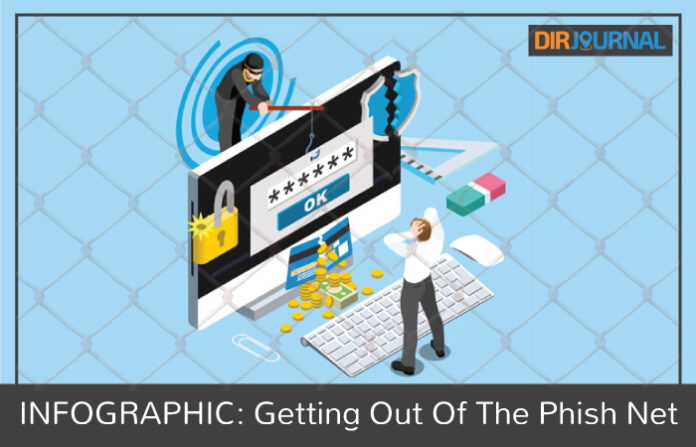Phishing attacks and emails are becoming more and more common than ever and are getting harder to detect and repel – from 2013 to 2018, phishing attacks more than doubled. In just 2018, 83% of people received a phishing email and 64% of businesses experienced a phishing attack. Of the 384 billion emails sent every day, 85% are spam emails. These billions of emails have caused 3 out of every 3 consumers to receive a phishing email and 1 in 3 have been compromised. They have had a computer infected with malware or a virus, been notified that an account has been compromised, or have had a social media or email account hacked into.
Phishing emails are now harder to differentiate from real emails than ever – hackers are no longer trying to exploit the tech, but are now trying to exploit the users and tricking them into letting them into their systems. Creating a false sense of urgency with something such as a toll violation notification can cause red flags to be overlooked. Mimicking real emails with things such as a needed invoice payment to trick us into thinking that a malicious link is actually a legitimate link. Preying upon the fear of missing out on need to know information with something such as a fake building evacuation plan can cause a link to be opened or malware or a virus to be installed.
Learn more about how expensive phishing attacks can be and how to use people, not just tech, to fend off against phishing attacks here.














